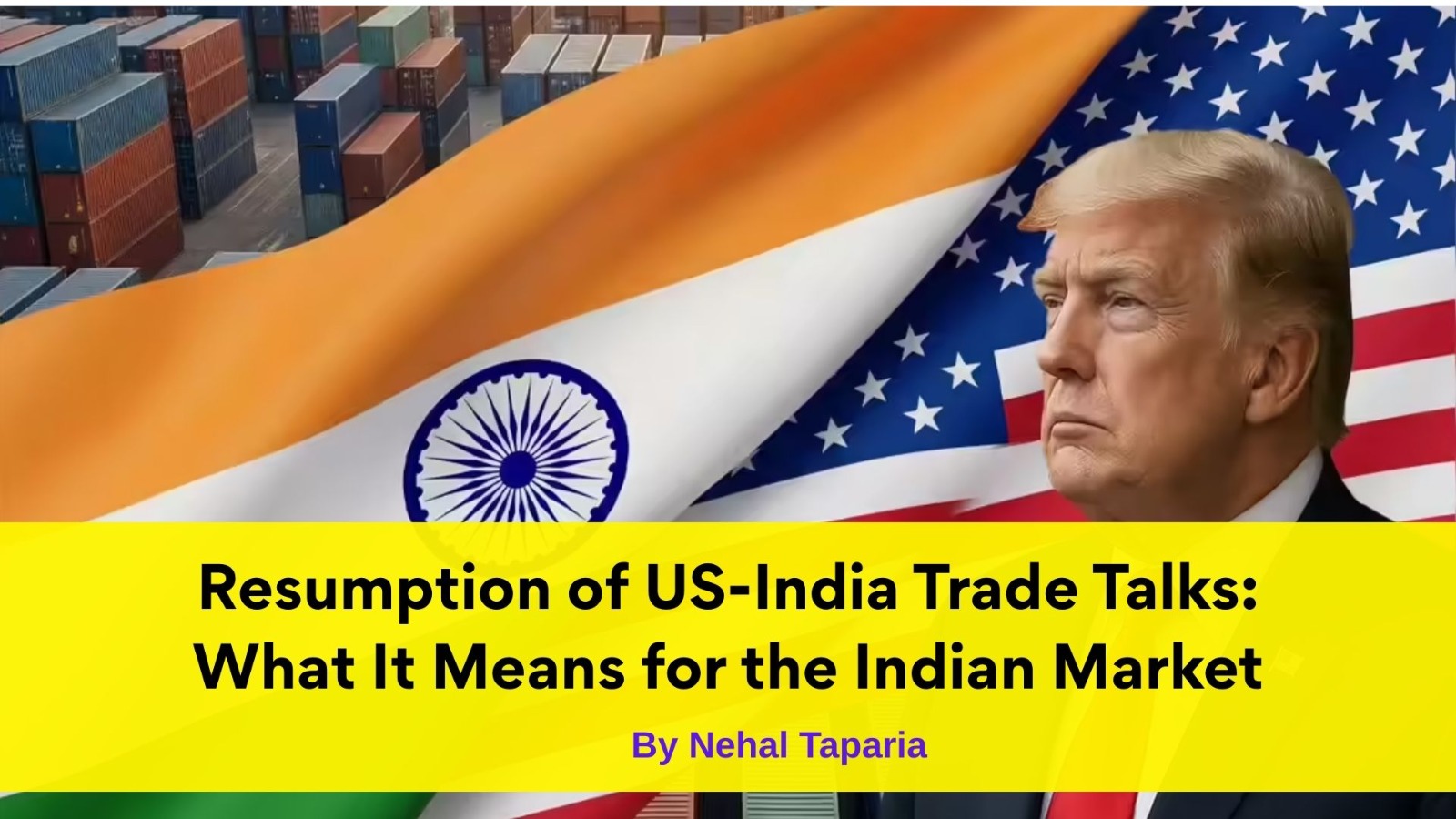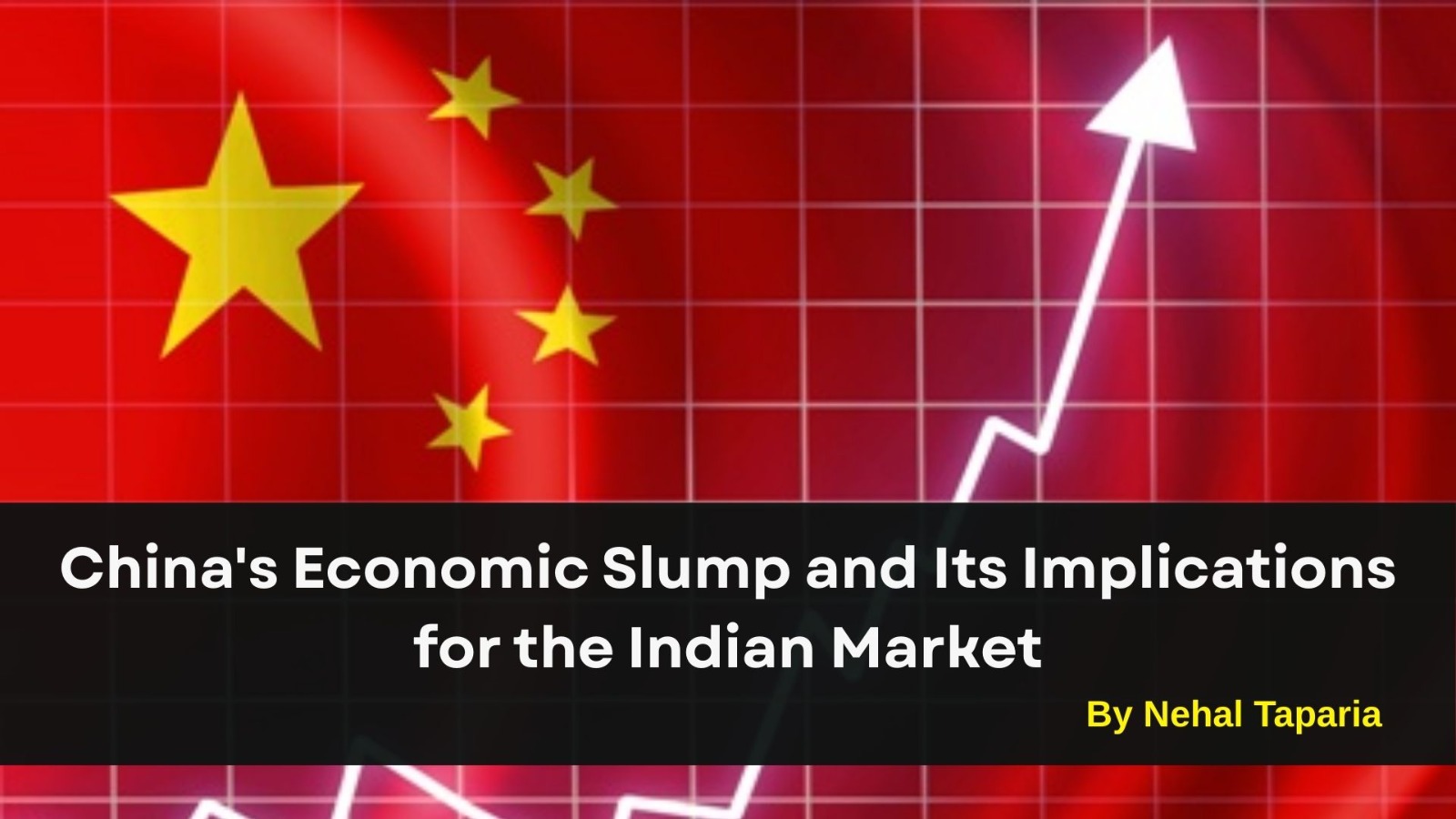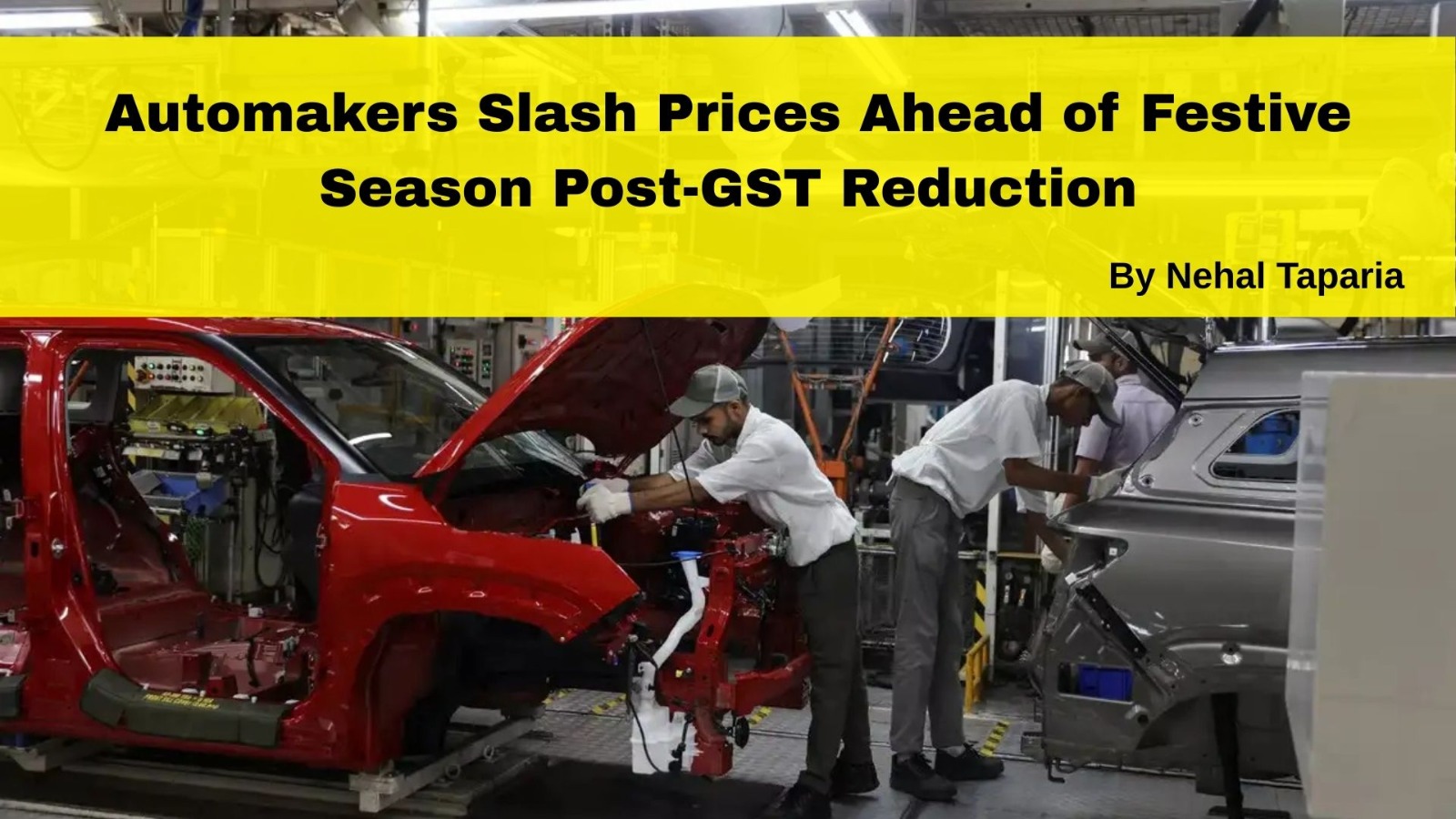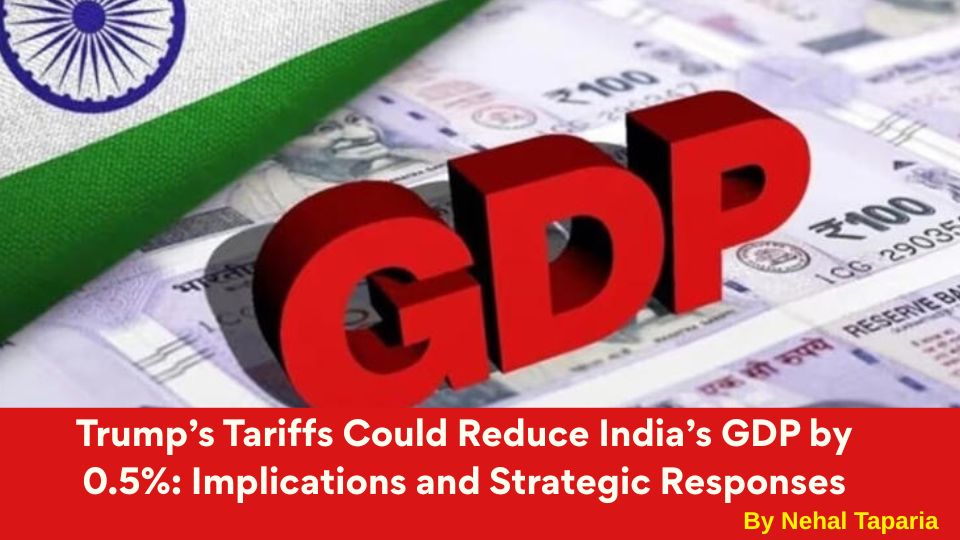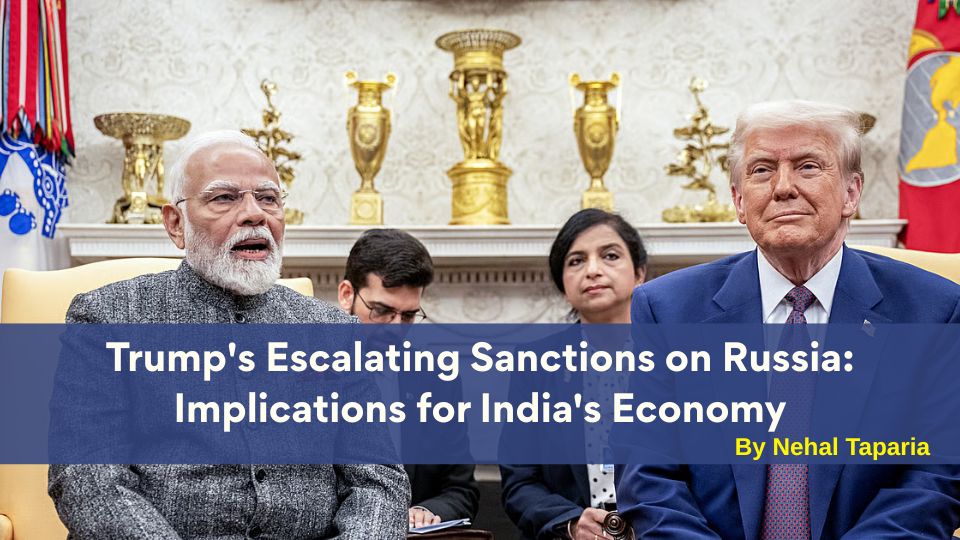Can Fed Rate-Cut Optimism and Global Cues Revive Indian Markets Next Week?
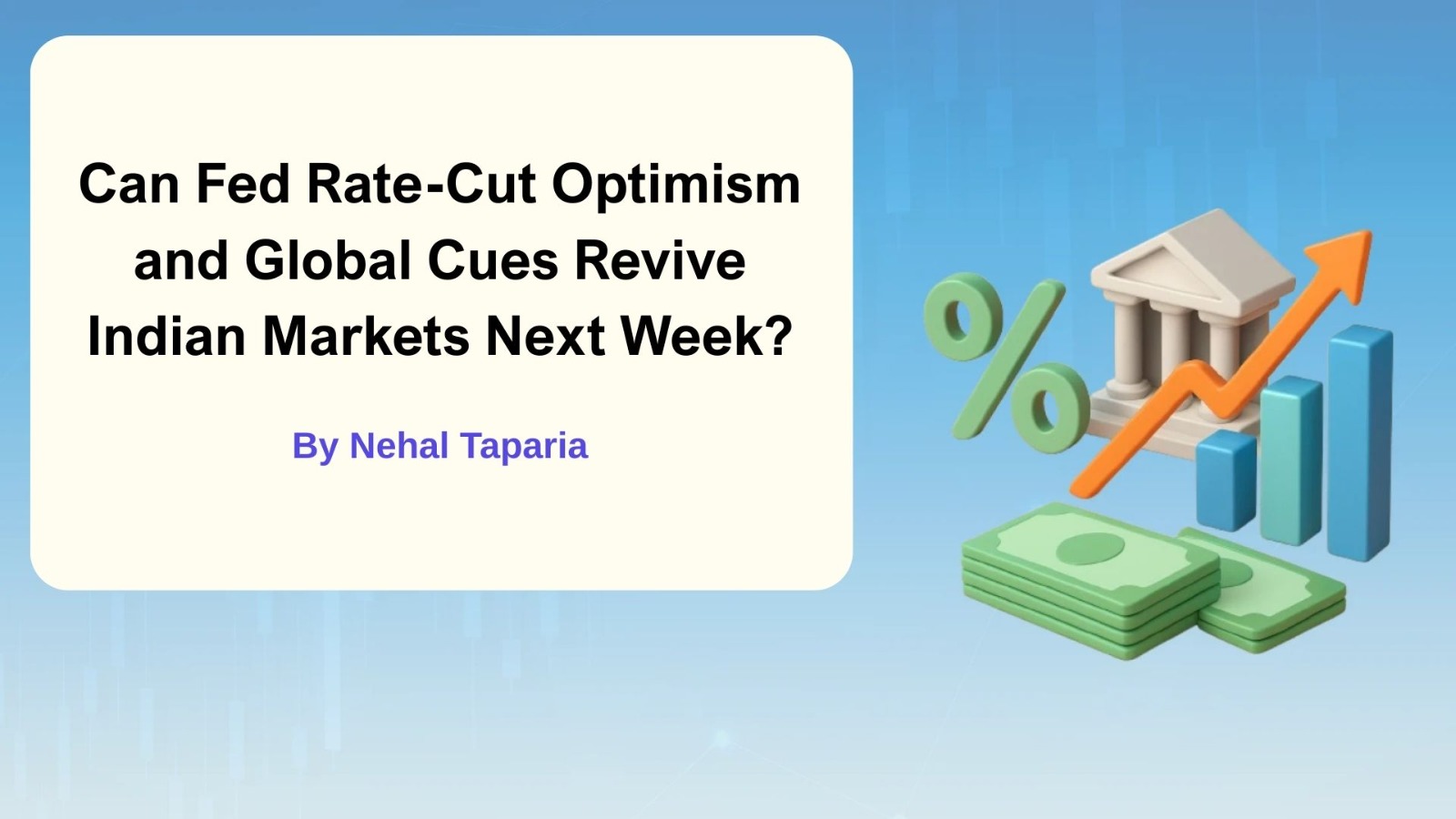
Can Fed Rate-Cut Optimism and Global Cues Revive Indian Markets Next Week?
Market Recap
Last week, Indian benchmarks remained largely range-bound. The Nifty ended marginally higher by ~6.7 points at 24,741 — securing a weekly gain of about 1% — while the Sensex slipped slightly to 80,710.76. Auto stocks buoyed sentiment, offset by declines in the IT space due to U.S. tariff anxieties.
What Global Signals Are Driving Expectations?
Weak U.S. Jobs Data Prompting Rate-Cut Hopes
Softer-than-expected U.S. payroll and jobless claims figures have heightened optimism for a Federal Reserve rate cut, potentially as early as mid-September.
Fed funds futures now price in almost certain rate easing in the upcoming Fed meet (Sept 16–17).
Global Risk Appetite Improving
Asian equities are rising on the back of Wall Street’s gains, with growing belief that the Fed might soon ease.
Supporting Indian Opening
Indian markets were geared for a higher open on Friday, driven by domestic GST-led tax reliefs and optimism around U.S. interest rate cuts.
Rupee and Currency Dynamics
The rupee has traded relatively stable, buoyed by Fed rate-cut expectations, though major improvements will need tangible equity inflows or tariff relief from the U.S.
How This Could Impact the Indian Market
Short-Term (Next Week)
Sense of Relief Rally: Anticipated Fed rate cuts could spark renewed risk appetite, leading to buying interest in equity markets.
Auto & Consumption Sectors Shine: Benefiting from GST support and domestic revival, sectors like autos, consumer goods, and industrials may outperform.
IT Sector Volatility: Driven by tariff concerns; performance may remain cautious despite broader positivity.
Possible Rally toward 25,000: Market sentiment may push indices toward this key psychological resistance level, though torque remains to be seen.
Medium-Term Outlook
Capital Inflows Could Rise: Fed easing may attract FPI interest, especially in high-growth sectors like IT and metals.
Currency Stability Dependent on Flows: For meaningful rupee appreciation, sustained inflows and favorable trade policies will be essential.
Policy Alignment Amplifies Impact: If global easing dovetails with domestic monetary stimulus, markets could garner fresh tailwinds.
Long-Term Considerations
Structural Strength Matters: Strong Indian economic fundamentals, improving domestic demand, and reforms like GST rationalization will underpin sustainable recovery.
Final Take
Global optimism driven by Fed rate-cut expectations, combined with domestic policy support, may catalyze a revival in Indian equity markets next week. While auto and consumption sectors could lead, IT remains sensitively perched on trade-related developments. A key pivot point lies ahead as markets test the 25,000 mark—backed by traders waiting on both global dovish cues and India-specific catalysts.
By Nehal Taparia
This content is for educational and knowledge purposes only and should not be considered as investment or Trading advice. Please consult a certified financial advisor before making any investment or Trading decisions.
Our Recent FAQS
Frequently Asked Question &
Answers Here
Q1: Will global cues and Fed rate-cut hopes drive a market rebound next week?
Yes—global optimism fueled by weak U.S. jobs data, dovish Fed signals, and lower Treasury yields are creating a favorable backdrop for emerging markets like India.
Q2: What are key domestic triggers supporting markets?
Q3: Could the rupee benefit from these developments?
Q4: Any cautions or counter risks to monitor?
Copyright © By Empirical F&M Academy. Design & Developed by Techno Duniya

.jpeg)
.jpeg)
.jpeg)

.jpeg)
